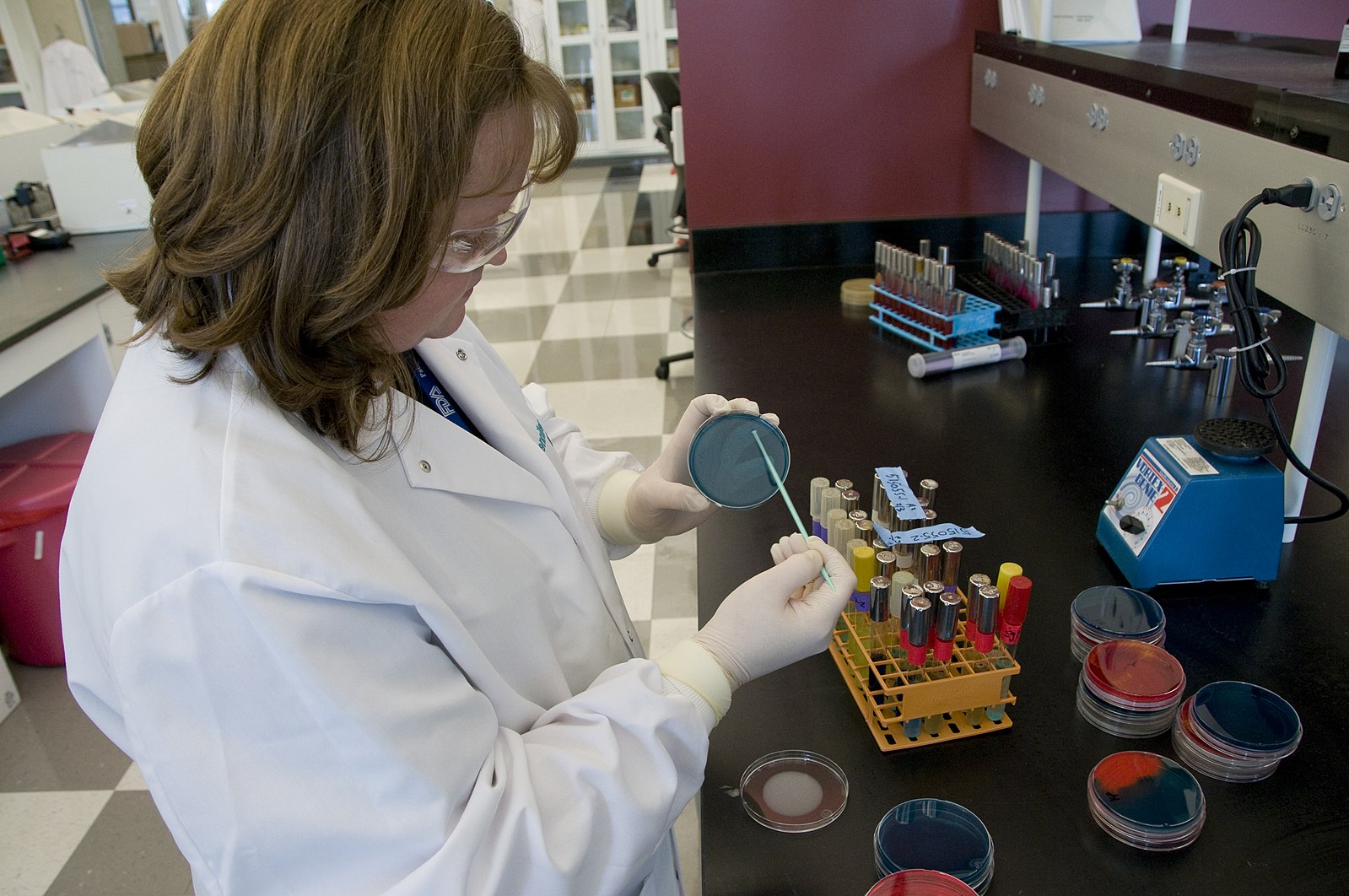According to the Centers for Disease Control (CDC), an outbreak of Salmonella Typhimurium, a type of Salmonella linked to contact with hedgehogs, has infected almost 20 people in the United States so far. The outbreaks started in late October of 2018 and have since spread to 11 states. Although two people have been hospitalized, no deaths have been reported, according to US News.
Salmonella is a bacterial disease that lives in animals’ and humans’ intestines. According to the Mayo Clinic, humans usually contract the disease by coming into contact with infected water or food. Although most people infected with Salmonella don’t present with any symptoms, some may experience symptoms similar to the stomach flu (diarrhea, fever, and abdominal cramps) eight to 72 hours after contracting the disease. Symptoms usually go away after a week, but severe dehydration due to diarrhea can lead to hospitalization, and the disease may become life-threatening if the bacterium spreads beyond the intestines and gets into the bloodstream (bacteremia). If this happens, the bacteria can spread to various body tissues, such as the tissues surrounding the brain and spinal cord (results in meningitis), the heart and valves (endocarditis), bones or bone marrow (osteomyelitis), and the lining of the blood vessels.
A picture of Salmonella colonies growing on an agar plate.
Image Source: Rodolfo Parulan Jr.
Evidence suggests that the hedgehogs carry Salmonella germs in their droppings that can spread to their bodies and anything else in their habitats. The CDC warns owners of pet hedgehogs to wash their hands thoroughly after coming into contact with their pet hedgehogs or their habitat, to abstain from hugging/cuddling/kissing their hedgehogs, to not let their hedgehogs roam around near areas of food storage or preparation, and to clean the hedgehogs’ toys and habitat items outside of the house. In addition, the CDC suggests families consider getting other pets if they have kids under 5, adults over 65, or people with weakened immune systems living in their household.
Feature Image Source: Michael J. Ermarth, FDA Lab 3000.










